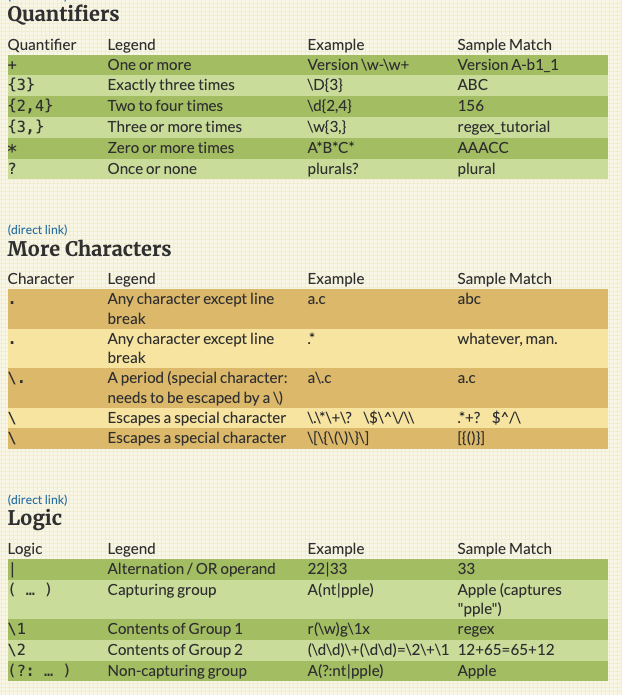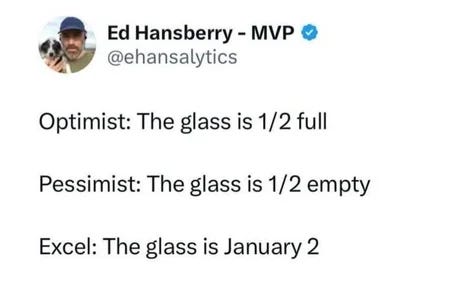From begging engineers to writing Regex: AI's marketing measurement revolution
Six ways I use AI for measurement work and why technical democratization can hurt your competitive advantage
As I do more podcasts and interviews, a question that has come up a few times has been regarding AI. How will it impact marketing measurement? I've been thinking about this so I took a rare attempt at Thought Leadership.
P.S. Obviously, I can’t escape myself, so I’m afraid this “Thought Leadership” is still very tactical with multiple practical examples of how I’m using AI for measurement. I hope you enjoy the read!
Data tooling can give “superpowers”
Marketing measurement has always been a messy tangle of technical requirements and creative thinking. With the modern data stack, especially post-dbt, we saw a split between data engineers and analytics engineers. Data engineers built the plumbing and make sure it doesn't leak, while analytics engineers (domain experts) actually knew who needed water and how much.

AI is now creating a similar wave by putting data capabilities directly in the hands of creative marketing professionals. No, marketers won't suddenly transform into analytics engineers (thank God, can you imagine the Slack arguments on discrepancies?), but they'll finally be able to own parts of the workflow that previously had them begging technical teams for help.
The 6 ways I’ve been using AI for marketing measurement
Like Timo and I often repeat in the Attribution Masterclass, people equate marketing measurement to MTA (Multi-Touch Attribution). But there are tons of other activities within measurement. And I’ve been using AI to help me with some of these.
1. Pixel troubleshooting
Nothing kills marketing momentum faster than a broken tracking pixel. I’ve seen marketing teams watch their campaign burn money while they waited for engineering to get to their ticket in the next sprint.
AI has been making troubleshooting significantly easier for me. I export GTM containers and Chrome network console logs, throw them at GPT and ask for documentation. What’s firing, when does it fire, what’s the conversion event ID, what variables pass with it, etc.
Marketers often still need engineering to publish the fix, but we can own the root cause analysis and maybe even share the necessary code changes making it all significantly faster.
2. Data analysis
Translating natural language into code is the bread and butter of AI. If used wisely, it can help even the best coders move faster.
SQL queries: Before AI, if you wanted to tweak an attribution model, you'd have to either learn SQL or wait for a data analyst to help. Now you can describe what you want in plain English, and AI generates the SQL code you need. That said, the quality of the output heavily depends on how well you can describe your requirements, and you'll still need someone who can validate that the query actually does what you think it does. Understanding the data you’re gathering is also a must-have.
Excel complications: We've all spent hours troubleshooting VLOOKUP formulas that inexplicably stopped working. I use AI all the time to create Excel formulas, like extracting values from strings (e.g. from naming conventions) or cleaning up data.
Regular expressions: Regex remains one of the most intimidating aspects of data manipulation. I don’t use it often, but sometimes I encounter a situation where Regex is the only way out. Previously, due to lack of practice, anything-Regex would take me hours, but luckily for me AI can handle many common regex patterns. I have to say though, it’s still a lot of “trial and error”. But again, faster.

Do you still need some technical foundation? Absolutely. The learning curve has become more manageable, but this isn't a magic wand that eliminates the need for data understanding. I still think knowing the basics of SQL goes a long way. It's more like having a really good data assistant: helpful, but you still need to know enough to ask the right questions and spot when something doesn't look right.
3. Data Cleaning
Raw (marketing) data is messy. Campaign names with typos, inconsistent UTM parameters, duplicate entries, and fields that should be numbers but are stored as text—it's a constant headache that eats up hours of manual work.
AI has become my go-to solution for cleaning up these datasets. I can describe the cleanup I need in plain English: "Remove duplicates based on email and campaign ID," "Extract the campaign source from these messy UTM strings," or "Standardize these campaign names that have different capitalization and spacing." What also works really well for me is sample data: I upload some messy data and how it should look when clean, and then I send GPT the full dataset.
4. Reading documentation
API documentation has long been a barrier between marketing teams and technical implementation. These dense manuals often seem designed for developers rather than the marketers who need to use them.
AI can help translate technical documentation into more accessible language. When I encountered an error with Branch (a mobile measurement partner) for a client, I was able to get a clearer explanation by sharing the docs with AI. This approach worked well in that specific case, though results can vary depending on the complexity of the API and how good the documentation is. It’s surprising how many tools (looking at you Google) have poor documentation.
This can save significant time for straightforward implementations, but it's worth noting that AI sometimes misses nuances in API behavior that only come up in production. For critical integrations, you'll still want technical review before going live.
5. Building landing pages
Campaign-specific landing pages—for example, for a podcast sponsorship or influencer partnership—can be a great way of isolating results of marketing initiatives.
AI-powered tools can significantly speed up this process for many use cases. I've been able to create custom landing pages for podcast appearances much faster than traditional methods. Recently, I even created the entirety of FixMyTracking using Lovable.
There are still a lot of caveats, like maintaining design systems but I believe this will only improve with time.
6. Creative analysis
This has a big caveat: I haven't used AI for this yet, but I know of multiple vendors who are attempting to solve this. And I believe this is possible and will be very valuable if/when done right.
Until now, most creative analysis—like understanding what features, messaging, or image types perform best in ads—has been dependent on manual naming conventions. Humans had to input information about what's actually in the ad: whether it shows the product, mentions a discount, what’s the hook, etc.
But this approach has all kinds of problems. People can't be bothered following naming conventions consistently. There are always errors. And manual tagging can harm speed of testing.
AI vision models could analyze creative assets directly, identifying elements like messaging hooks, visual features, and emotional tone without human input. The ability to automatically "interpret" creatives, extract characteristics, and cross-reference performance across your entire creative library could eliminate one of the biggest bottlenecks in creative optimization.
The future for marketing measurement
Anyone that reads this newsletter or my Linkedin knows that I always aim to be balanced and not overhype things. However, I think those that claim AI is not genuinely transformative for marketing is either wrong or just wanting to be a contrarian. It is. It is giving technical superpowers to creatives. It's changing what skills matter and how teams are structured.
The hiring implications are real. Teams need fewer people who can write SQL or build dashboards, but more people who can design good experiments and interpret results strategically. The technical barrier to doing measurement has dropped significantly, but the analytical thinking barrier remains as high as ever.
AI is changing who can do measurement work and how quickly it gets done. It's not changing the fact that good measurement requires people who understand how marketing actually works in your specific business.
But there’s one thing AI cannot change, and it’s that marketing measurement is a competitive advantage.
While AI democratizes the technical skills needed for measurement, it also creates a new risk: the commoditization of insights. When everyone can generate the same reports through AI prompts and reach the same conclusions about which channels or audiences to target, we end up in bidding wars for identical inventory using identical playbooks.
The brands that will be the ones asking better questions, finding unique audience segments, identifying undervalued channels and translating standard metrics into differentiated strategy. AI can help you analyze data faster, but it can't tell you what makes your business unique or help you avoid competing for the same users as everyone else.







Great article and insights, thanks!
Thanks for sharing! It's too helpful 🙏🙏